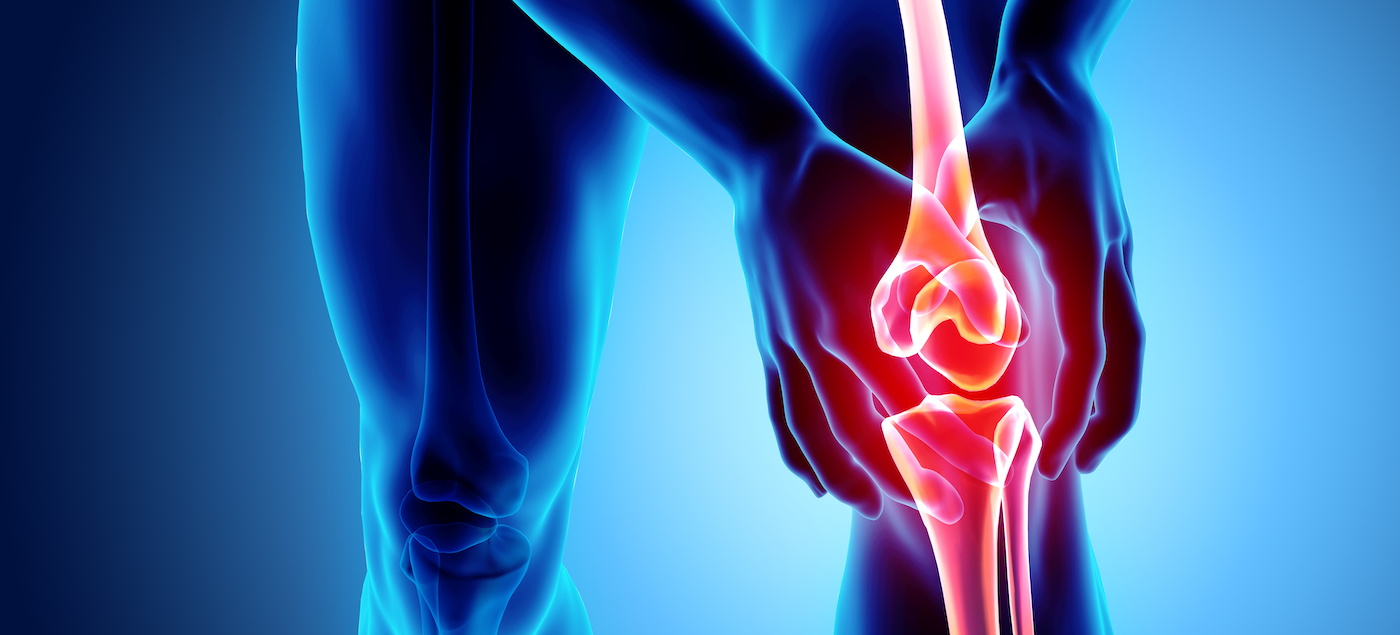5 Simple Techniques For Managing Chronic Pain and Fatigue - National Psoriasis

An Unbiased View of Where Does It Hurt? - Laura Kolbe - The New York Review of
Articles from Open Access Rheumatology: Research and Reviews are provided here thanks to
Scientists at the University of Manchester have discovered brain irregularities that might be behind the chronic discomfort suffered by osteoarthritis clients. The research study, moneyed by Arthritis Research UK, recommends the requirement for new treatments to target brain systems to help the mind cope more efficiently with chronic pain. Approximately 30% of the population might be impacted by persistent discomfort at any one time, with arthritis resulting in the most common grievances of discomfort.

Fibromyalgia - HealthyWomen
"The level of discomfort experienced by patients of arthritis has always been believed to result from the direct repercussions of joint destruction. However the extent of discomfort is frequently badly associated with the amount of damage and can spread out to neighboring regions of the body where there is no proof of arthritic disease.

Characteristic Symptoms of Fibromyalgia
Scientist sought to see whether there was a link in between the pain suffered by arthritis and fibromyalgia suffers. Previous research studies have suggested that fibromyalgia clients experience abnormalities in the way that the brain deals with pain. The Manchester group looked for overlaps in the way that pain is processed in the brain by osteoarthritis and fibromyalgia patients to comprehend why some individuals feel pain more acutely than others.
![Best Mattress for Arthritis, Fibromyalgia and Osteoarthritis [2022 Edition]](https://theadvancedspinecenter.com/wp-content/uploads/2018/08/fibromyalgia-cover-photo.png)
Link found between osteoarthritis and fibromyalgia pain - Nursing Times
The Connection Between Inflammatory Arthritis and - Questions

Researchers discovered that the insula cortex part of the brain increased its activity when expecting an agonizing pulse, as it predicts the level and intensity of the clients' own persistent discomfort. "Increased activity in this brain location has actually been linked to a number of phenomena, consisting of body perception and emotional processing, which may explain the greater discomfort perception in some clients," stated Dr Christopher Brown, Honorary Research Study Associate, Human Being Pain Research Study Group, The University of Manchester.
These reduced responses represented less ability to establish positive methods of coping with the discomfort in both groups of patients. "We think that increasing activity either straight or indirectly in this area of the brain is likely to lead to better coping and much better control of discomfort actions in other areas of the brain." Fibromyalgia with osteoarthritis recommends that there is a link between the way in which the brain expects discomfort in sufferers of fibromyalgia and osteoarthritis.
